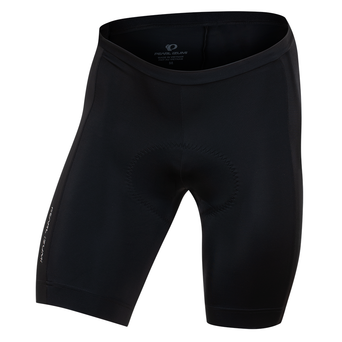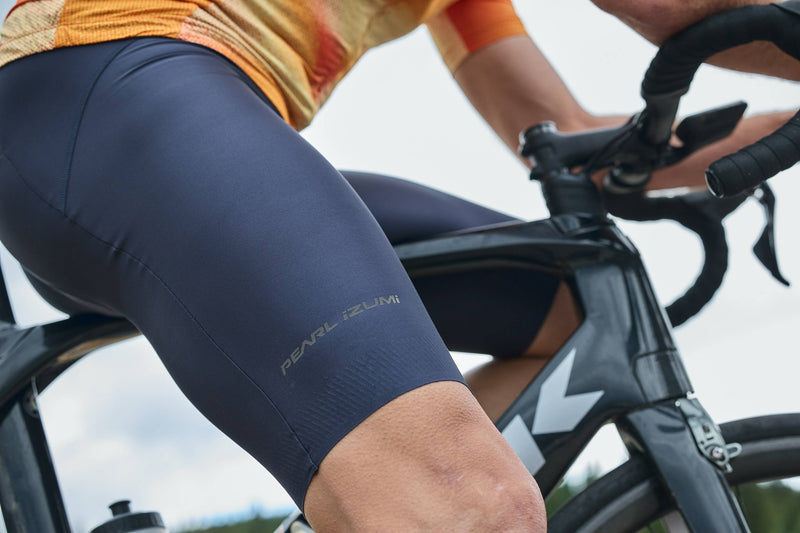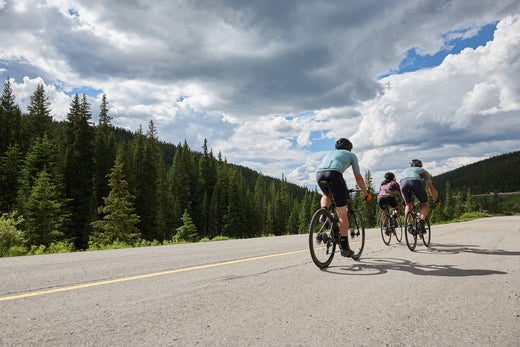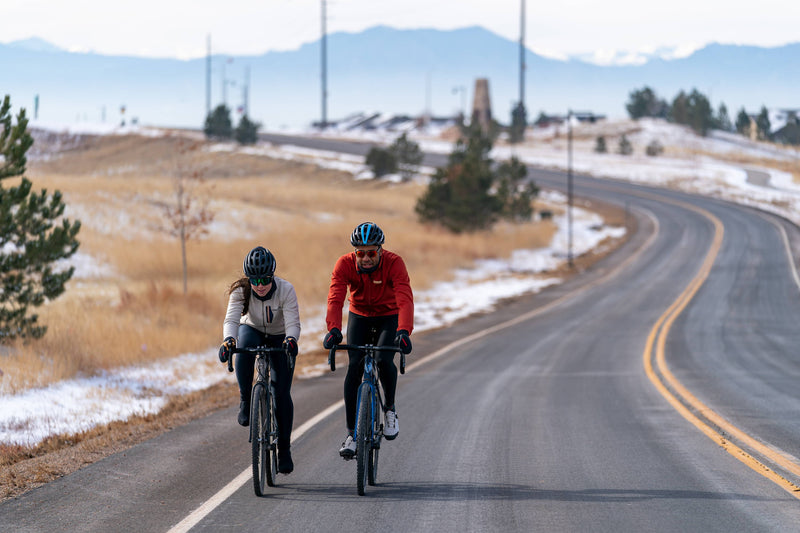In this episode, I go over several different ways to fix a flat when you’re out on the trail (or road!).
The most important part of fixing a flat is knowing and having what you need! If you aren’t prepared, it doesn’t matter how good you are at troubleshooting tire issues. I run tubeless tires and here’s what I carry with me on different types of rides to make sure I don’t get stuck in a bad situation:
Short Rides (when I know I’m close to home/civilization)
•Tubeless Plugs
•CO2 Cartridge + Inflator Head
Longer Rides
•Tubeless Plugs (such as Dynaplugs, “Side of Bacon,” DARTs, etc.)
•2 X CO2 Cartridges + Inflator Head
•Tube
•Tire Lever
Backcountry / Remote Rides
•All of the above plus,
•Handpump
•Patch Kit
First off, it’s worth mentioning that the best way to avoid flats is to run tubeless tires. A tubeless setup allows you to run lower pressures (ideal for trail riding), while avoiding the dreaded “snake bite” pinch flat. Also, thanks to tire plugs, it’s way easier to fix a flat tire while running tubeless. If you’re struggling to set up your bike tubeless, check out this video, or head to your local bike shop. If you aren’t running tubeless, you’ll need to skip to Step 3 of this post (putting in a tube).
STEP 1: Let the sealant do the work!
While this may not always solve the problem, it’s always a good first step. As soon as you hear the distinctive hissing noise of a puncture, your first line of defense should be to find the hole and rotate the wheel so that the puncture spot is down. This will allow the sealant in the tire to pool there and hopefully seal the hole. Give it a few minutes and if it seals, congrats, it’s your lucky day! Use your CO2 to add more air if needed, and carry on. Assuming it’s not your lucky day, keep reading.

STEP 2: Plug that tire!
Tire plugs are the best thing to happen to mountain biking in the past ten years. Seriously, they are amazing. There are quite a few different varieties, but they all work more or less the same: find the hole and use the plug inserter to jam the plug into the puncture. Then use your CO2 to air your tire back up. Last, place the plugged area at the bottom so the sealant can pool and seal any gaps between and around the plug. Voila! Off you go!

Sounds easy right? It is, but it does require a certain amount of finesse which is why we recommend practicing on an old tire in the safety of your garage. It’s important to get the plug deep enough into the hole, which might require more force than you were expecting, so it’s good to get used to this when you aren’t alone in the middle of nowhere and starting to panic! Also, there are several different varieties of CO2 inflator heads—some work by twisting backwards, some by pushing a button—so it’s important to get used to how yours works. (Just ask me about the time my CO2 blew up in my face and all the air went out before I could even get it onto the valve).

STEP 3: So you have to put in a tube…
Sometimes the puncture is just too big or (ahem, hypothetically) you put the plug in improperly and it falls out ten feet later and you can’t find it to try again (purely hypothetical, this definitely didn’t happen the first time I tried to plug a tire in a race…). The reality is that sometimes you just have to put in a tube while out on the trail and, welp, that sucks, but it doesn’t have to be the end of your ride.
First, remove your wheel. I find the easiest way to do this is to put my bike upside down, but you can also look for a branch to hook your seat on. If possible, get far enough off the trail so you don’t cause a roadblock for oncoming riders! Next, remove your tire. Hopefully you brought your tire lever. If not, making sure you push the bead of the tire into the center on both sides, as this will help you get the tire off. Now is also a good time to check your tire for thorns, bits of glass, etc., that could have caused the flat. Otherwise you will just immediately flat your new tube!
Remove your valve stem and inflate the tube slightly so that it holds its shape (this will help you avoid pinching it when you put your tire back on), then insert the tube. Put the tire back on (carefully!) and air it up with your CO2 (or your handpump if you already used your precious cartridge in an unsuccessful attempt to plug the tire).

STEP 4: Boot it.
Sometimes you will rip a hole so big in your tire (usually, the dreaded sidewall slice) that if you just put a tube in it will bulge out the side, leaving it exposed and easily puncturable. So if you have a puncture bigger than about a quarter inch, putting in a boot is a good idea. While you can buy a special made boot, it’s not necessary. Did you bring a bar or a pack of chews? Great, you get to have a snack, and then you have the perfect boot. Do you have a dollar bill in your wallet? Perfect, cheaper than getting an Uber home. Simply, press the wrapper or dollar bill against the sliced part of the tire while you insert your tube. Then air it up and the “boot” will protect your tube and prevent it from bulging out of the hole.

While I’d never wish a flat on anybody, they’re bound to happen from time to time. I hope these tips come in handy the next time you’re faced with tire troubles and stay tuned for the next installment of SYD FIXES!





